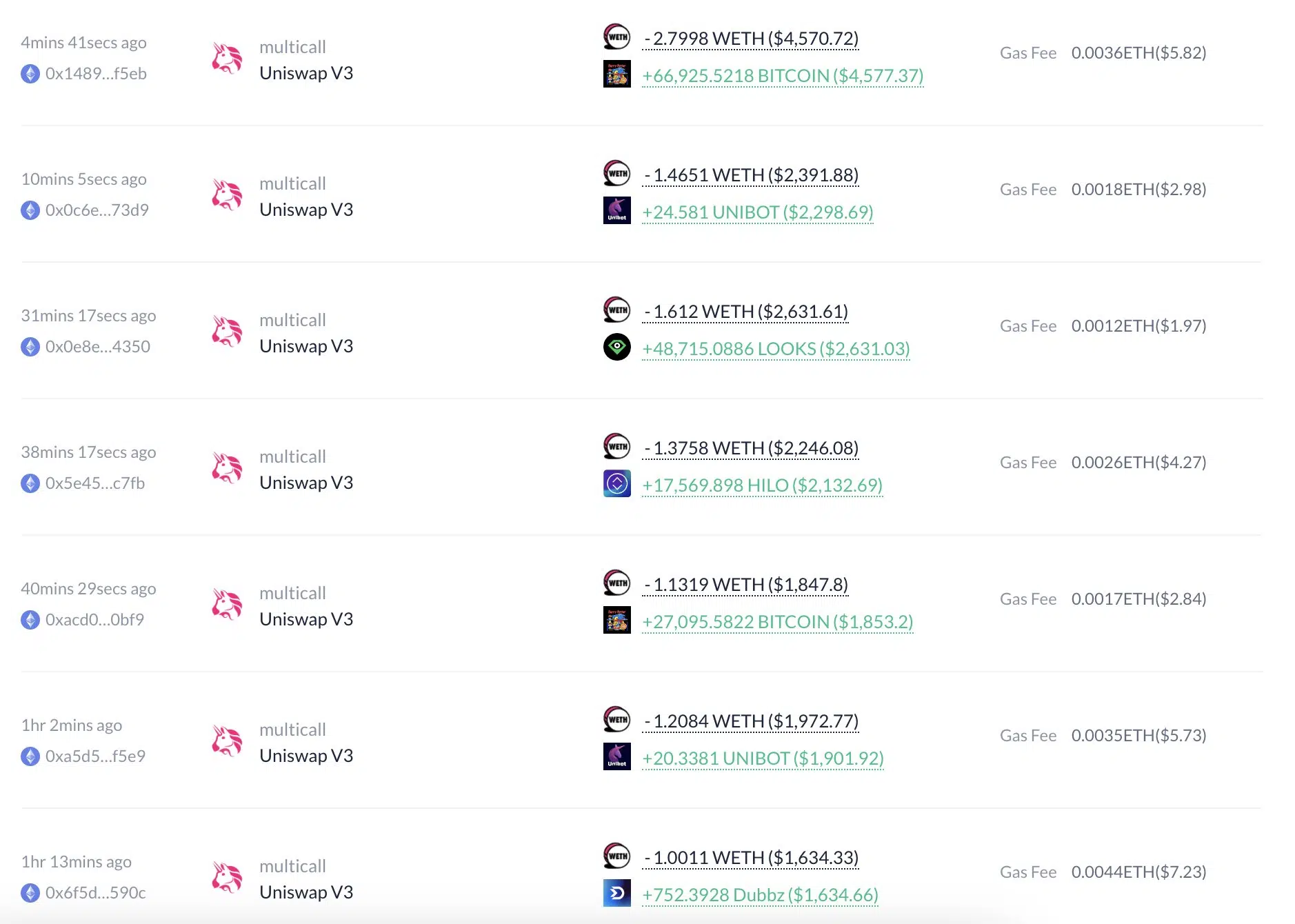Unlocking the Secrets of Forex Candlestick Charting: An In-Depth Guide
This comprehensive guide aims to empower traders with a nuanced understanding of Forex candlestick signals—powerful charting tools that offer valuable insights into price trends and potential market reversals. Mastering Forex candlestick signals requires an understanding of individual candlestick patterns, their formations, and implications. These signals, when combined with other technical analysis tools, pave the way towards successful trading decisions.
Understanding the Basics of Forex Candlesticks
Before we delve into specific candlestick signals, it’s imperative to understand the basics of forex candlesticks. Originally developed in Japan over 100 years ago, candlestick charting is a method of plotting price movements over time. It is a subset of technical analysis that centers on studying price action and forecasting future price movements.
A typical candlestick comprises two parts: the body, which indicates the opening and closing prices, and the wick/shadow, which denotes the highest and lowest prices during the chosen time period. Depending on the price movement, a candlestick is categorized as either bullish (green) or bearish (red).
Identifying Reputable Candlestick Patterns
A single candlestick can indeed provide a wealth of information. However, it’s the combination of candlesticks, resulting in distinct formations, that traders really value. These patterns can signal likely future price movements on the market, providing the opportunity to ride the wave with it or brace for a potential reversal. Here are some key candlestick patterns:
- Doji: This pattern occurs when the opening and closing prices for a period are virtually the same. It indicates indecision in the market.
- Harami: Characterized by a small body inside a significantly larger previous candle, the Harami pattern signifies a potential reversal.
- Engulfing: Where the existing body engulfs the prior candle’s body, signifying another potential reversal.
- Hammer/Hanging Man: These are reversal signals that occur at the end of a trend, with a small body and a long lower wick.
- Shooting Star/Inverted Hammer: These are bearish reversal patterns with a small body with a long upper wick.
Interpreting Candlestick Patterns in Context
Having knowledge of candlestick patterns is essential, but it’s critical to remember that these signals should always be interpreted in context. The overall trend, support and resistance lines, and concurrent volume data are factors that can validate or weaken candlestick signals. Traders must also consider time frames. Shorter time frames may produce more trading signals, but they also carry higher risk due to increased market noise. Longer time frames provide more reliable signals, but they present fewer trading opportunities.
Gaining Proficiency in Trading
Mastering Forex candlestick signals is about more than just memorizing patterns. To become thoroughly proficient, you should:
- Practice Pattern Identification: Use a demo account to practice identifying candlestick patterns in real-time market conditions. This hands-on experience will help you recognize patterns quickly and accurately.
- Combine with Other Indicators: Candlesticks can provide valuable signals, but they don’t tell the whole story. Combine these signals with other technical indicators like moving averages or the Relative Strength Index (RSI) for a well-rounded analysis.
- Manage Your Risk: Candlestick signals can’t predict market conditions with 100% accuracy. Ensure you’re always following good risk management principles, like using stop losses and only risking a small portion of your trading capital per trade.
Conclusion
Forex Candlestick signals provide a wealth of information about potential market trends and reversals. Mastering these signals is about understanding the patterns, interpreting them in the right context, and complementing them with other technical analysis tools. An experienced trader continuously practices their pattern recognition skills, combines signals with other indicators for a rounded analysis, and always prioritizes risk management to safeguard their trading capital. The journey to becoming a candlestick charting expert might be challenging, but it certainly is rewarding.
This article serves as a comprehensive guide to help you make the most out of these rewarding charting tools.
Mastering Forex Candlestick Signals: A Comprehensive Guide
Summary
- Forex candlestick signals or patterns are valuable tools for traders. They provide crucial information on market sentiment and potential reversals in the market.
- Understanding these patterns and their implications can significantly improve trading strategies and increase the chance of success in the forex market.
Key Candlestick Patterns
- Doji: This pattern forms when the opening and closing prices are virtually the same. It represents uncertainty in the market and can indicate a potential price reversal.
- Hammer and Hanging Man: These patterns occur when the market opens and closes around the high of the day, leaving a long lower shadow behind. They signal bullish (hammer) or bearish (hanging man) market conditions.
- Shooting Star and Inverted Hammer: These are the upside-down versions of the above patterns. They also represent bullish (inverted hammer) or bearish (shooting star) potential reversals.
- Engulfing Pattern: This pattern forms when a small candle is followed by a large candle of the opposite color, “engulfing” the previous one. It signals either a bullish (white engulfing) or bearish (black engulfing) market.
- Bullish Piercing and Bearish Cloud Cover: These patterns are similar to the engulfing pattern but the second candle closes within the body of the first candle. They represent bullish (piercing) or bearish (cloud cover) signals.
Strategies to Use Candlestick Signals
- Use candlestick patterns in combination with other technical analysis tools to validate the signals and avoid false positives.
- Consider the larger market context to accurately interpret a candlestick signal.
- Practice patience. Wait for a conformational signal before making a trade decision based on a reversal pattern.
- Always implement risk management strategies to mitigate potential losses.
Conclusion
Candlestick patterns provide valuable insights into the state of the forex market. Traders who master their interpretation can significantly improve their trading strategies and success.


